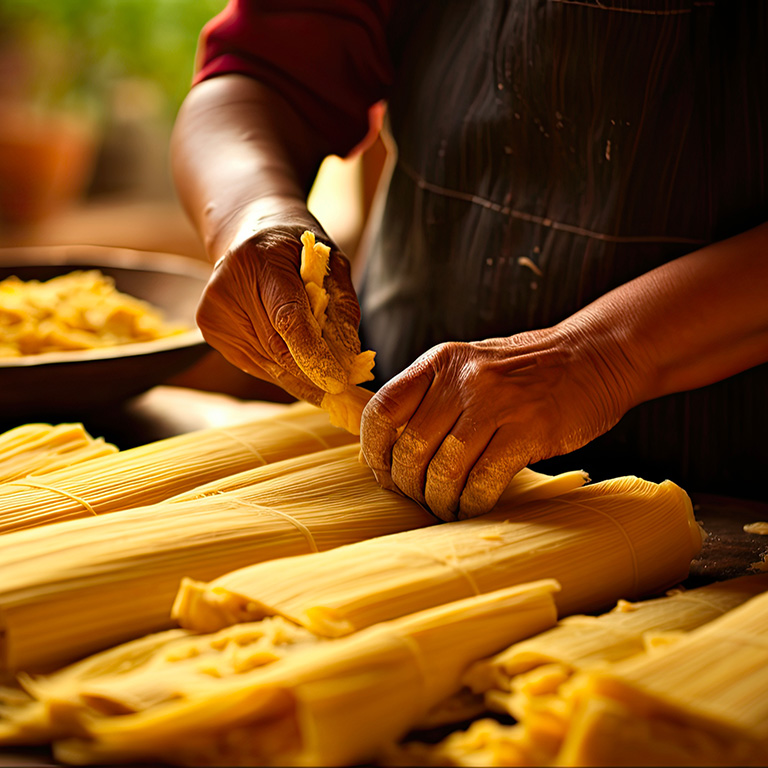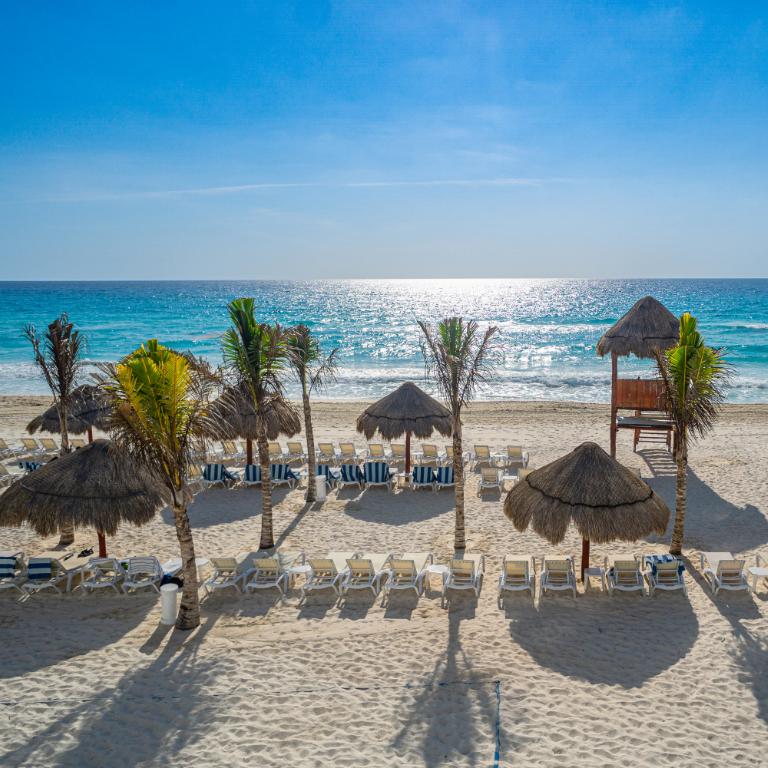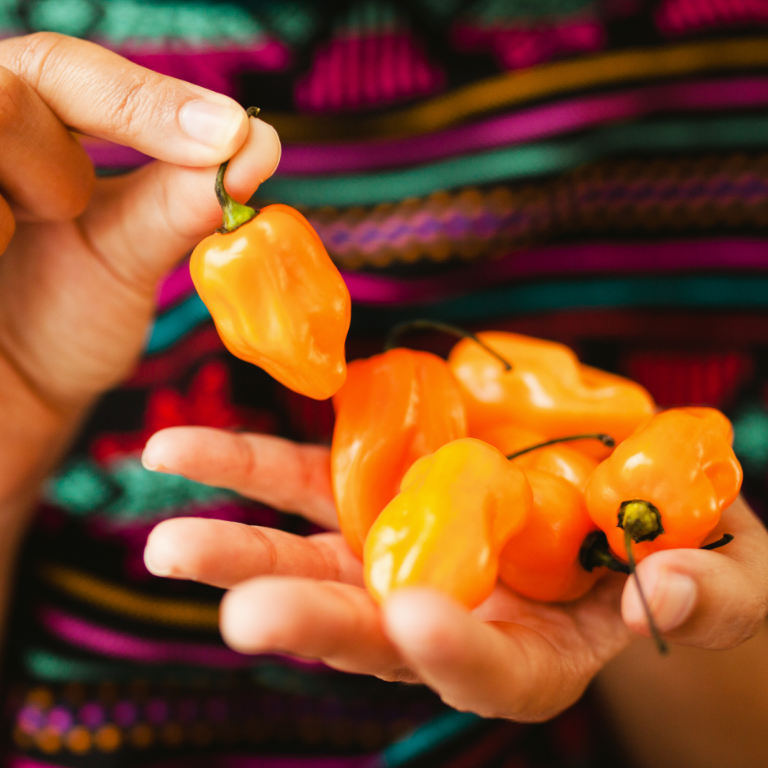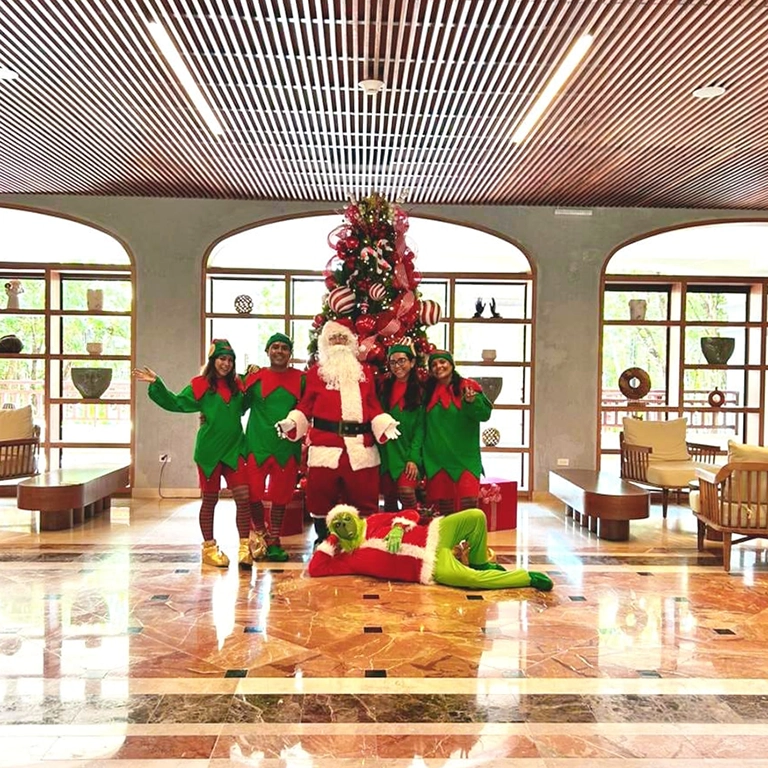Candlemas Day, celebrated every February 2nd, is a holiday with deep and meaningful roots that connects Mexico to its pre-Hispanic past and its mixed cultural heritage. Although today it is known for its tamales and atole, this tradition is much more than a gastronomic gathering. It is a fusion of faith and customs that came with the Spanish conquest, a reflection of the rich history and diversity of our country.
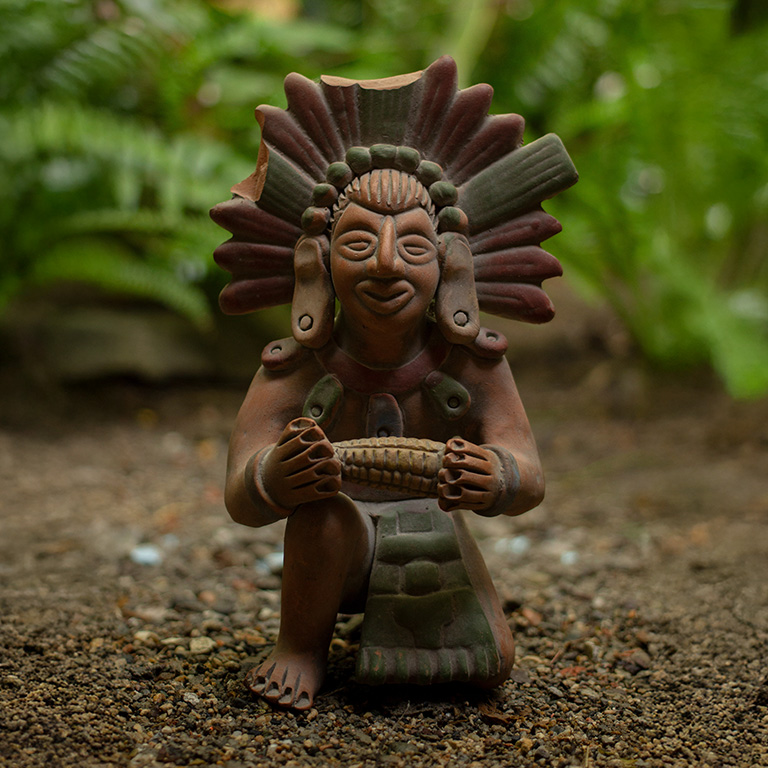
A celebration with shared roots
The Candlemas Day festivity has echoes in different parts of the world. In Europe, it is linked to purification and light, symbolized by candles (hence its name). However, in Mexico, this date acquires a unique character by intertwining indigenous and Christian beliefs, the result of cultural syncretism after the arrival of the Spaniards.
In pre-Hispanic times, the Mexica celebrated on these dates rituals dedicated to Tlaloc, god of rain, and Chalchiuhtlicue, goddess of rivers and lakes. These deities were fundamental to ensure the fertility of the land, abundant harvests and to maintain the natural balance. Offerings included foods such as corn, which today is transformed into the tamales we enjoy during the festivity.
Syncretism in action: the arrival of the Virgin of Candelaria
With the conquest, pre-Hispanic traditions did not disappear completely; rather, they were adapted with Christian beliefs. The Virgin of Candelaria, associated with light and purification, became a key symbol, adopted by indigenous communities as a new figure of protection for crops and fertility.
In Mexico, custom dictates that whoever finds the Infant Jesus in the Rosca de Reyes must dress him and present him in church on February 2nd, accompanied by tamales and atole, elements that pay homage to the agricultural and communal symbolism of ancient rituals.
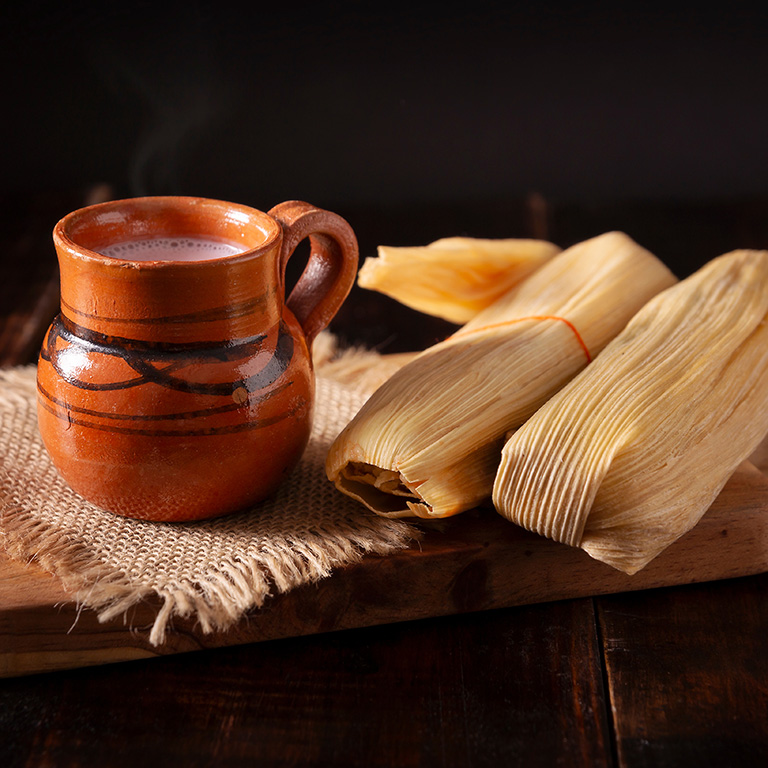
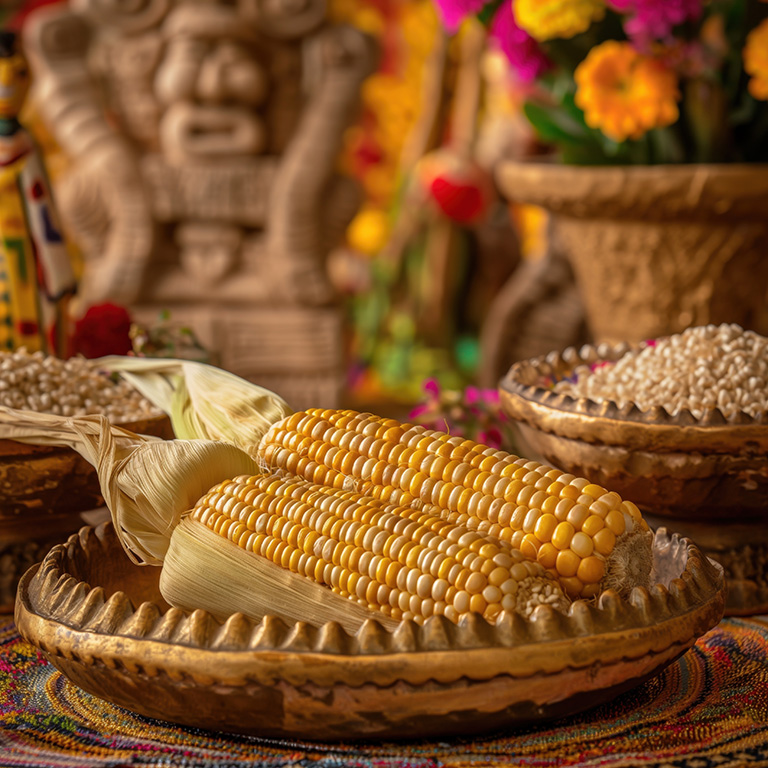
Curious facts about Candlemas Day
The tamale as a cultural bridge
This dish, which dates back more than 5,000 years, has been part of thanksgiving rituals and celebrations throughout Mexico.
Worldwide celebration with local flavor
Although other countries also celebrate Candlemas, in Mexico it stands out for its gastronomic richness and the symbolism that connects it with the earth.
Regions with their own identity
In places like Veracruz, Chiapas, and Oaxaca, tamales take on unique shapes and flavors, from bean tamales to those wrapped in banana leaves.
The magic of Mexican tradition
Beyond the food, Candlemas Day represents the community spirit of Mexico. It is a festivity that unites generations, transmits values and pays homage to the indigenous roots that remain alive in the heart of our culture. Each tamale shared, each figure of the Infant Jesus presented in the temple, is a reminder that our traditions are the bridge between the past and the present.
Why is it important to celebrate?
Candlemas Day not only strengthens our identity as Mexicans, but also connects us to a global network of celebrations that share a desire for purification, gratitude and hope. However, what makes this date unique in Mexico is the way we live it: with flavor, community and pride. So, while you enjoy a hot tamale accompanied by a delicious atole, remember that you are part of an ancient history that continues to evolve, but never loses its essence.
